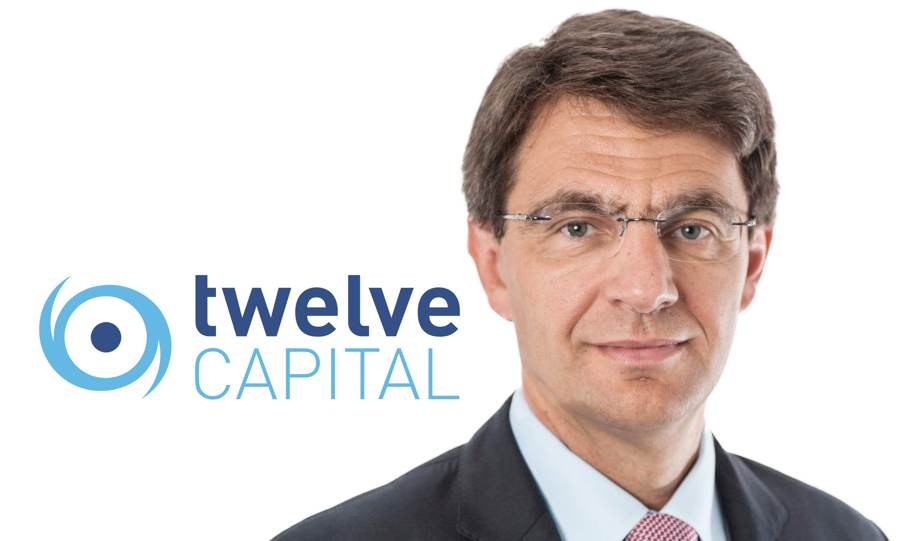Twelve Capital exploring casualty ILS, could launch fund offering in future: CEO

Twelve Capital, the Zurich-headquartered insurance and reinsurance linked investment manager, is exploring the casualty insurance-linked securities (ILS) space and seeking feedback from its investor clients, as it considers whether to launch a casualty ILS fund offering in future, its CEO Urs Ramseier has said.
Ramseier explained why casualty insurance and reinsurance related risks could be appealing to investors.
“So, casualty, why can this be interesting for investors? Obviously, what we’re looking for and what investors are looking for is diversification within ILS.
“ILS is attractive for investors because it’s fundamentally uncorrelated with financial markets. So in the broader context of an asset allocation, it provides a diversification benefit.
“Casualty is actually one of the largest segments within insurance and reinsurance, but so far activity to transfer these risks to financial markets has been rather limited.”
Ramseier went on to explain the general risk return profile of casualty ILS investing, saying, “In casualty it’s 5% to 10% above the risk-free rate, still very attractive in the broader context of financial market investments.”
He went on to highlighted motor liability, general liability, workers compensation and product liability as examples of sub-segments within casualty risk that could be attractive for ILS investors, saying there is diversification available even within casualty.
As for why re/insurers might look to transfer casualty risks to the capital markets, Ramseier said that, “Given the size of the casualty market, it’s a very attractive source for capital, and it’s another tool in the toolbox for insurance companies to access financial markets to finance growth.
“That’s one of the main motivations for the sponsors, for the cedents, to consider to transfer these risks to the financial markets.”
On the investor motivations side, Ramseier further explained, “From the investor point of view, it’s uncorrelated to equity, fixed income, commodity and real estate and offers a very interesting diversification opportunity, not only within ILS but in the broader asset allocation.
“The advantage, clearly, is it’s uncorrelated with nat cat, it’s uncorrelated with financial markets, but it offers similar returns than nat cat. So it’s clear the diversification potential within ILS.”
He went on to say, “The returns in casualty can be much higher than in the diversifying nat cat perils, so the risk adjusted returns for casualty are better than for example for Italian earthquake or German flood.
“So for us, from our perspective, it makes more sense to look at this business line than diversifying within nat cat where we focus rather on the peak perils.”
Summing up on the reasons why you might invest in casualty ILS opportunities by saying, “So if investors would like to have a broader ILS portfolio, then we would rather look outside of nat cat and not try to diversify within nat cat, because the returns there are just too small.”
Colleague Marcel Grandi, Head of ILS Sourcing at Twelve Capital, explained why casualty ILS has gained in profile and stature of late.
“The interesting point is that right now we’re seeing a bit more interest into ILS transfer of casualty risk into the capital market, because we saw a number of insurtech players and platforms coming to the market trying to facilitate an efficient transfer of casualty risk to the capital market,” he stated.
On why casualty risk can be attractive, Grandi added, “There is a lot of historic data available in casualty risk and we believe this immense data is available to be analysed by alternative intelligence (AI) technologies to analyse the larger volume of complex data.”
At the same time, “There is obviously more need for capital for reinsurance, casualty is a premium and reserve intensive business, so there is motivation also from the sponsor side to transfer the risk,” Grandi continued.
Also noting that, “We’re seeing that large investors who were in the forefront of entry into the ILS market maybe 20 to 25 years ago, who are now testing the waters with casualty risk as well.”
But Grandi also noted that structuring will be critical in casualty ILS, with the commutation of risk a particularly important area to focus on.
“It is very important that this is not just an abstract opportunity, the facilitators of the transaction have to ensure that there is an efficient market behind these structures to allow for a fair and transparent commutation,” he said.
Asked whether Twelve Capital will consider adding casualty risks to ILS portfolios it manages, CEO Urs Ramsier said it depends on feedback from clients.
“We do not have an offering for casualty yet. So this is very explorative, what we are doing here,” he said. “We would like first to get feedback from clients, whether this is of interest, then depending on the feedback we might consider a specific casualty offering in the future.”
Ramseier continued, “There are some larger pension funds which have been in the ILS space for decades now investing already in casualty ILS. So this is happening.
“We’re still evaluating whether this is an opportunity for our client base and then depending on the feedback, to decide to launch eventually an offering in the casualty ILS model, but we would probably not add these risks to the traditional ILS portfolios. I think it makes sense to keep this separate.”
Ramseier and Twelve Capital clearly believe there is an opportunity though.
The CEO said, “Given the size of the casualty market in insurance, there is clearly big potential for this to develop and to grow significantly.”
But cautioned that, “It’s very important to do this properly, to structure it correctly, to manage collateral releases and also the commutation at the end of the risk period.”






